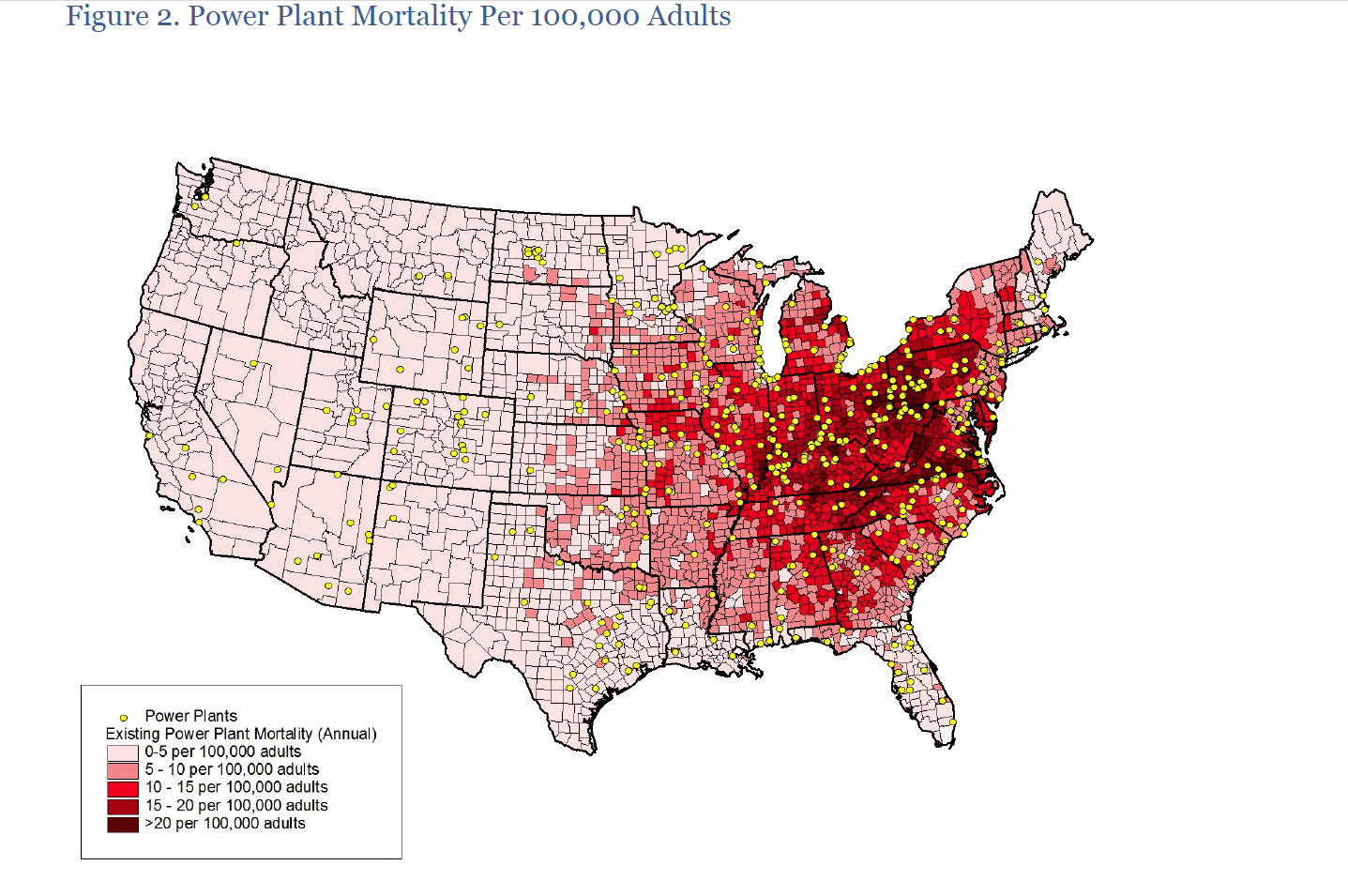
TRANSIT COOPERATIVE RESEARCH PROGRAM
In the past 20 years, numerous cities have planned and implemented new rail transit systems. This movement has coincided with other urban regeneration trends, bringing new life to urban centers and advancing strategies to manage growth that promote more efficient patterns of development. Various forms of heavy rail, light rail, and streetcar systems have been built, many with robust ridership and popularity, owing to a rediscovery of this form of transportation, as well as concerns about growing traffic congestion, volatile fuel prices, and climate change.
View this complete post...
Tags: AR, Arkansas, Astoria, CA, California, Charlotte, Dallas, FL, Florida, GA, Galveston, Georgia, Kenosha, Little Rock, Lowell, MA, Massachusetts, Memphis, NC, North Carolina, OR, Oregon, Portland, San Pedro, Savannah, Seattle, Streetcars, Tacoma, Tampa, TCRP, Tennessee, Texas, TN, Transit Cooperative Research Program, TX, WA, Washington, WI, Wisconsin
Posted in
Climate Change, Competitiveness, Congestion, Environment, Local, National, Policy, Pollution, Public Transportation, Rail, Transit, Urban Planning
Comments Off on Relationships Between Streetcars and the Built Environment






















 RSS Feed
RSS Feed